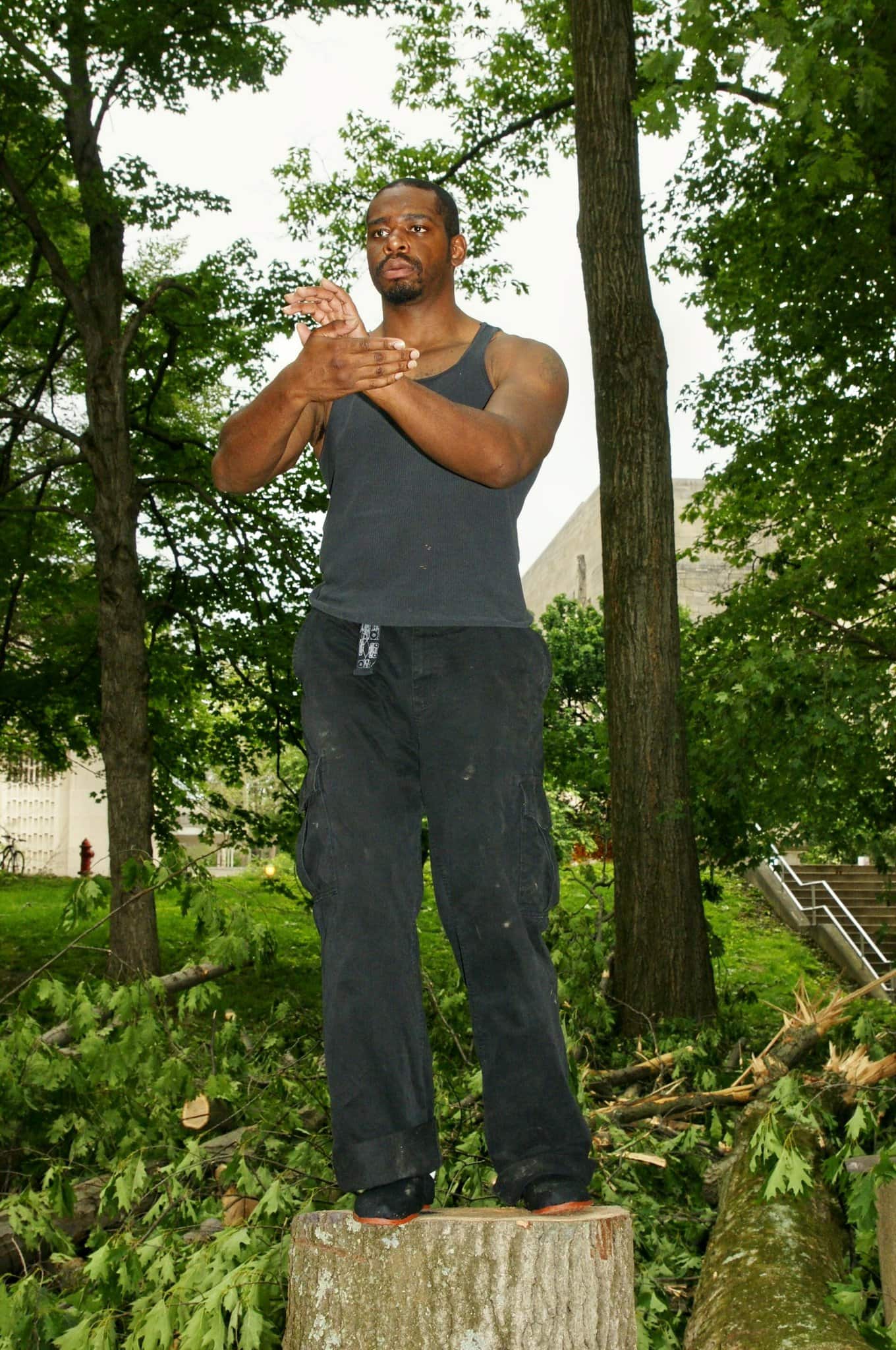Imagine this: it’s 2023, and you’re the host of a radio show or podcast. Every week, you diligently follow the routine of promoting your show on social media, featuring your latest episode in your newsletter, and keeping your community informed about your new content. You’ve become a master of this cycle, but there’s a nagging feeling that more could be done to promote your show effectively. The broadcast industry is in a constant state of evolution, with creators continually discovering innovative ways to reach their audience. In this day and age, staying on top of the latest trends is a key ingredient in the recipe for success. That’s precisely why VoiceAmerica recently attended the Descript Webinar titled “Podcast Marketing 101.” We absorbed a wealth of insights during this virtual event and decided to share the most significant takeaways with you.
First and foremost, it’s crucial to understand that while social media is a fantastic tool for engaging with your existing community, it may not be the most effective means of expanding your audience. If you’ve already built a substantial following on social platforms, it’s likely that many people are aware of your show and the topics you cover. However, not all of them will transition from being social media followers to dedicated listeners. Convincing a non-listener to become one is a formidable challenge. Ashley Hamer, one of the webinar hosts, shared her experience of a TikTok video going viral, but it didn’t result in a noticeable uptick in podcast analytics, despite her podcast being mentioned at the video’s conclusion. Nevertheless, social media remains a valuable tool for engaging with your community. A tip for posting about your show on social media is to celebrate every aspect of it, whether they are small or significant wins. After all, who doesn’t enjoy a good celebration?
If you aren’t interested in collaboration when it comes to your show, you might want to reconsider. Podcast collaboration is a vital component of this industry, and if you’re not open to working with other hosts or featuring fellow podcasters as guests on your show, you’re missing out on a world of opportunities. The webinar discussed two types of swaps: promo swaps and feed swaps, which are used to boost awareness of your shows while collaborating with other industry hosts. Promo swaps are simple—dedicate 30 seconds of your episode to promoting another podcast and ask the other podcaster to do the same. It’s a quick and effective way to introduce your show to new ears. To maximize the value of a promo swap, consider discussing with the host the number of promos they’d like to include in an episode, the possibility of exchanging social media shoutouts, or even featuring each other in newsletters. A smart strategy is to survey your listeners to discover which other podcasts they enjoy or use tools like Rephonic to identify podcasts with a similar audience. The same principles apply to feed swaps. According to Lauren Passell, a feed swap involves agreeing to place entire episodes of each other’s shows on your feeds. For instance, on VoiceAmerica.com, you’d insert another host’s episode on your personalized show page. It’s important to record your own intro before playing another podcast’s episode to let your audience know why you appreciate the show. While this is a more significant commitment than a promo swap, it can diversify your content and lead to a growing listenership. Apart from promo and feed swaps, consider guesting on other shows. Networking within the industry can provide fresh perspectives and knowledge. Lastly, we found the concept of becoming a “correspondent” on someone else’s podcast intriguing. This involves dropping in at the end of another host’s episode to share news or a story they’ve been discussing on their show that month. This not only fosters more engaging conversations but also increases the likelihood that curious listeners will explore your podcast. Whether you’re collaborating with a host through promo or feed swaps, guesting on other shows, or becoming a correspondent on someone else’s podcast, remember that other hosts should be viewed as friends, not competitors.
Don’t let the time between seasons slow you down. Instead of going silent while taking a break from creating new content, seize this valuable downtime to highlight your favorite show moments, reminisce about the memorable guests you’ve had, and tease the exciting launch of your upcoming season. It’s an opportunity to shift your focus toward promotion rather than episode preparation.
In conclusion, the world of podcast marketing is an ever-evolving landscape, and staying on top of the latest trends and strategies is essential for success. Remember to celebrate every aspect of your podcast, be open to collaboration, and maintain your show’s presence even during the off-season. By keeping these takeaways in mind, you can effectively navigate the dynamic podcasting industry and continue to grow your audience. Your journey as a podcast host is an ongoing adventure, and with the right approach, the possibilities are endless.






